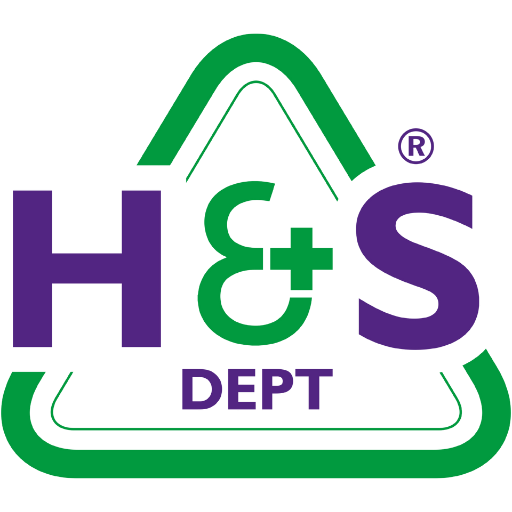It can be confusing, especially in leased or shared buildings, to think about the responsibilities of the health and safety of your premises. Today, we’re going to look at who is responsible and what the legal responsibilities are in relation to keeping buildings and their occupants safe.
The Buildings Safety Act 2022
Primarily, when it comes to the safety of buildings you are under the legislation of the Buildings Safety Act (BSA) 2022. This came in to force, following the Grenfell Tower tragedy in 2017. According to Michael Gove the Government was partly to blame for the incident due to the “faulty and ambiguous” government guidance available at the time.
The government has introduced this law to have clear guidance on the safety of buildings. The BSA is under the responsibility of the Health and Safety Executive (HSE) via the Building Safety Regulator (BSR), and is applicable to all buildings.
Its aim is to improve the safety standards of all buildings, whilst also creating a strict regulatory system for higher-risk buildings (HRBs).
Higher-risk buildings include:
- Residential buildings over 18m in height.
- Buildings with seven or more storeys.
- Buildings that have at least two residential units within them.
As the HSE regulates the BSA, their aim is:
- To ensure that the standard of safety is raised in all buildings.
- To ensure that professionals in design, construction and building control are competent in their industry which will then also restore confidence in the safety of buildings.
- For residents to be safe where they live.
So how does this affect you and your business?
If you are the owner of a freehold building then you must make your building safe. This includes fixing historical building safety defects.
If you are the owner of a leasehold property, then your lease will specify what you are legally liable for. Any historical safety defects now fall within the remit of the Building Safety Act 2022.
Fire safety
When it comes specifically to fire safety in non-domestic properties, the Regulatory Reform (Fire Safety) Order 2005 comes into play. This legislation means businesses are responsible in taking reasonable precautions to reduce the likelihood of fire and to make sure people can evacuate safely should a fire happen.
This law means that where they have control of the workplace, employers are the “responsible person” and must:
- Carry out a fire risk assessment (including identifying potential fire hazards, those at risk, evaluating fire alarms and extinguishers).
- Put in place fire safety measures to reduce the fire risk (such as, maintaining electrical equipment and installing fire doors).
- Ensure all workers have fire safety training and fire safety information is available to any visitors.
If the employer does not have control of the workplace, the occupier or ultimately the owner becomes the responsible person.
Ensuring your business has suitable fire evacuation plans in place is fundamental to safeguarding your employees, should a fire occur. Having a General Emergency Evacuation Plan (GEEP) and in some circumstances a Personal Emergency Evacuation Plan (PEEP), is essential.
If you do not comply with this legislation then there is a high risk of legal action resulting in severe fines and in some cases prison sentences, not to mention compromising the safety of people in your building.
It’s what we do
If this seems overwhelming, then be rest assured that The Health & Safety Dept are on hand to ensure that you comply with the laws and keep your premises safe for all. Whether it’s the Buildings Safety Act 2022 or The Regulatory Reform (Fire Safety) Order 2005, we can help.
By law, the person carrying out the fire risk assessment must be competent to do so. We are experts and can provide this service and you’ll be confident your business is in safe hands. We can also develop GEEPs and PEEPs to suit your business.
We also offer a comprehensive range of fire safety eLearning courses, including:
- Fire awareness training (including specific courses for care, construction and education industries).
- Fire extinguisher training.
- Fire marshal/warden training (including specific courses for care, construction and education industries).
These courses range between 10-100 minutes in length but cover the essentials needed to ensure your staff know how to stay safe when it comes to the risk of fire. Reach out today to get started.

